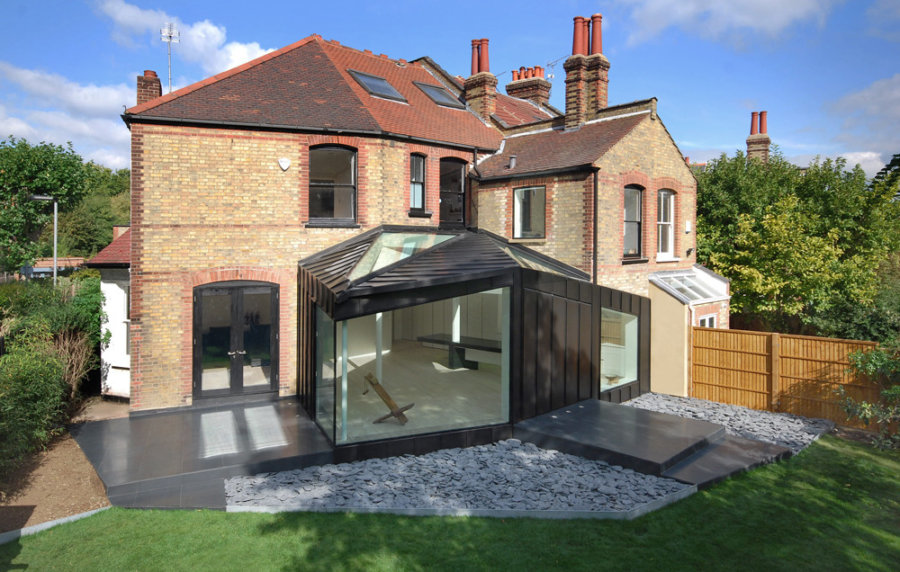Moving house is never an activity entered into willingly; it is a stressful and arduous process, stippled with hidden costs and requiring the complete upheaval of a life. A house move is more often than not a necessity, borne of outgrowing your present environment. But many are ditching the process altogether, for a cheaper, more convenient and potentially profit-making alternative: building an home extension.
The writing was on the wall as early as 2017, with relentless inflation pricing many homeowners out of the property ladder – and resulting in a 183% increase in applications for basement extensions, an increase that holds to this day. Of course, not many families have the liquidity to afford an extension outright, making financing the project more than half the battle. We’ll take a look at the extension-building process from start to finish, with suggestions along the way as to how best to finance your extension.
Step One: Decide on Your Investment
First, you want to be absolutely sure that an extension is the correct way forward for you. A project of this size is worth a considerable amount of money, and you might be anxious to spend or owe that amount without fully understanding the benefits to you.
Besides the extra space and improvement to quality of life, the home extension will add value to your property, acting as an investment more than an expenditure. This ONS calculator shows the broad strokes of potential value an extension could add to your home, by postcode.
Step Two: Draw Up Plans

Your next step is to confirm the finer details of your extension. You will already have a vague idea of your needs, and the extension’s location – loft, basement, single- or two-storey – but to progress with the project, and to gain a more concrete understanding of your investment, now would be the time to bring in a specialist.
There are a few options here. You can retain an architect, who will draw up a bespoke design with your input, provide rough estimates for budget and put you in contact with other relevant specialists. Alternatively, you can hire a full-service design and build company, sacrificing some creative license for a smaller, less volatile projected cost.
Step Three: Choose Your Financing Route

With plans drawn up, professionals retained and an accurate budget created, all that remains is to decide the way in which you’ll finance your project. There are many different routes you can take, each with their own benefits. You might consider using a credit card to cover the upfront costs of an home extension – but picking the wrong one could result in you paying particularly high interest rates on repayments, and if your budget increases unexpectedly you could reach your credit card’s limit before the project is complete.
A better option lies in the use of secured homeowner loans, wherein a fixed amount is loaned against your property. Loans such as these allow you to choose an exact amount to borrow, and the timescale in which you’d like to pay it back – giving you control over your investment.
Lastly, you might consider peer-to-peer lending. Close family and friends may be willing to pitch in and help you complete your project – and with no contracts or interest rates, this would mean less headaches for you. Naturally, this financing option is is not a particularly reliable one, and you still might struggle to raise the requisite funds.
You may also like: 7 Things to Consider Before Building a Swimming Pool
























































